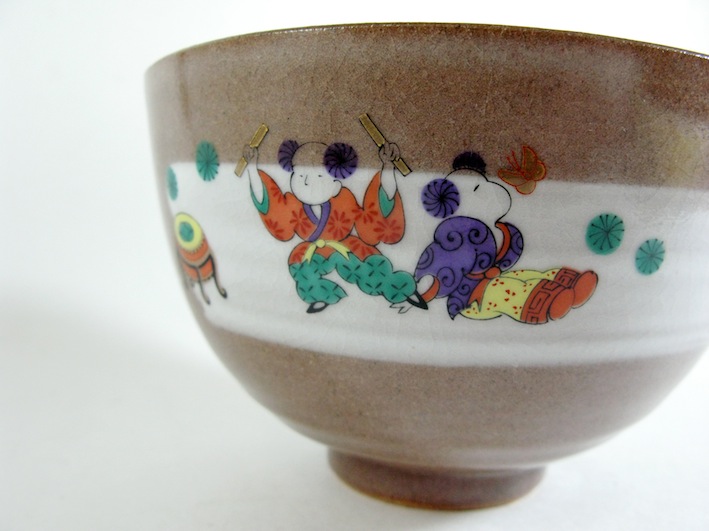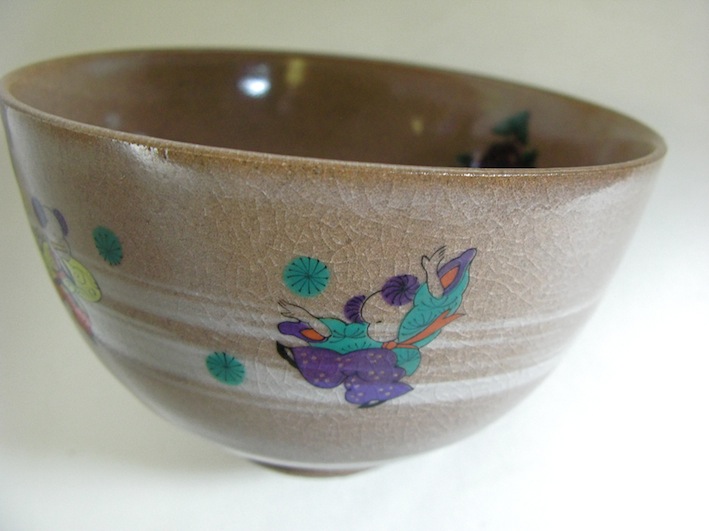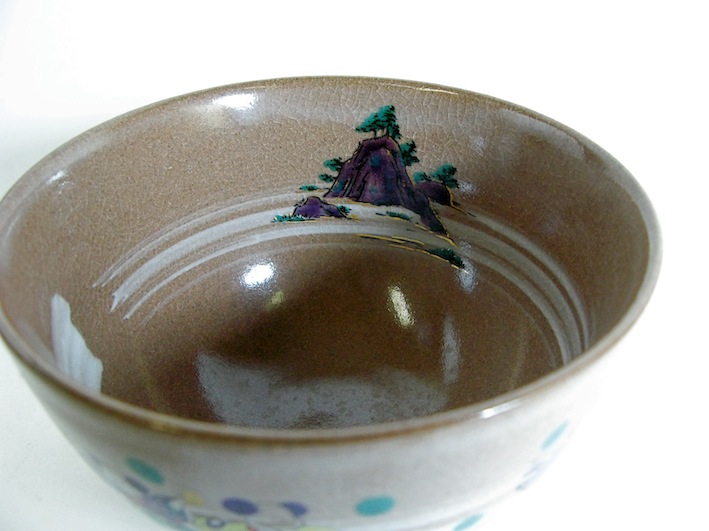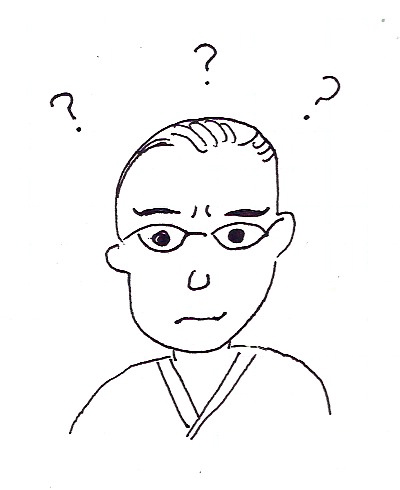Why does this doll have no eyes?
Because it is waiting for you to fill it! That's right, the daruma doll's eyes are left blank on purpose.
When you have set a goal for yourself, you paint one eye. You are allowed to paint in the other eye only when you have achieved your goal. This old tradition from Japan is a wonderful motivational tool!
The daruma doll is made of papier-mâché and is in the image of Bodhidarma, the founder of Zen Buddhism. The dolls are designed not to tip over...a symbol of the never-give-up spirit. "Nana korobi ya oki" is a Japanese proverb that says, "Fall down 7 times, get up 8 times." That is how the roly-poly daruma inspires us not to give up on our goals and dreams.
In Japan, daruma dolls are commonly sold outside shrine grounds in the New Year. People go to the shrine to pray for a good year and if they set certain goals for the year, they will pick up a daruma doll. It could be for a politician running for election; a businessman with a sales target; a student studying for exams; an artist finishing a project; a child saving coins in a piggy bank to buy a toy... No goal or wish is too small!
So are you ready?
Step 1: Decide the goal you want to achieve.
Step 2: Paint in one eye of the daruma doll. Now you are committed!
Step 3: Put the doll in a prominent place where you will see it everyday!
Step 4: Work, work, WORK...to accomplish the task you have embarked on.
Step 5: After successful completion, paint in the other eye.
Step 6: Give yourself a pat on the back. Congratulations!
Step 7: Back to Step #1!
Try the daruma doll with your next New Year's resolution! :-)









